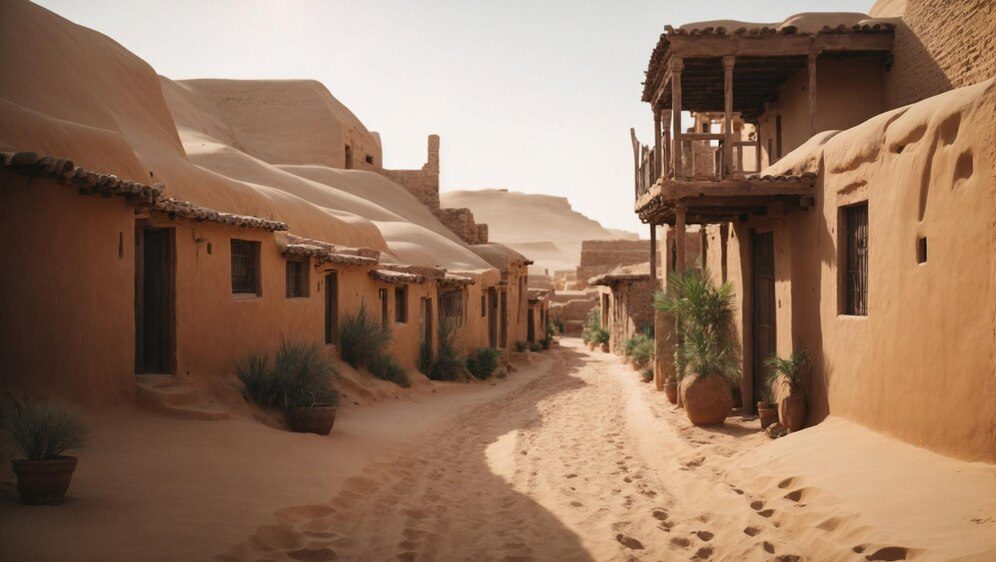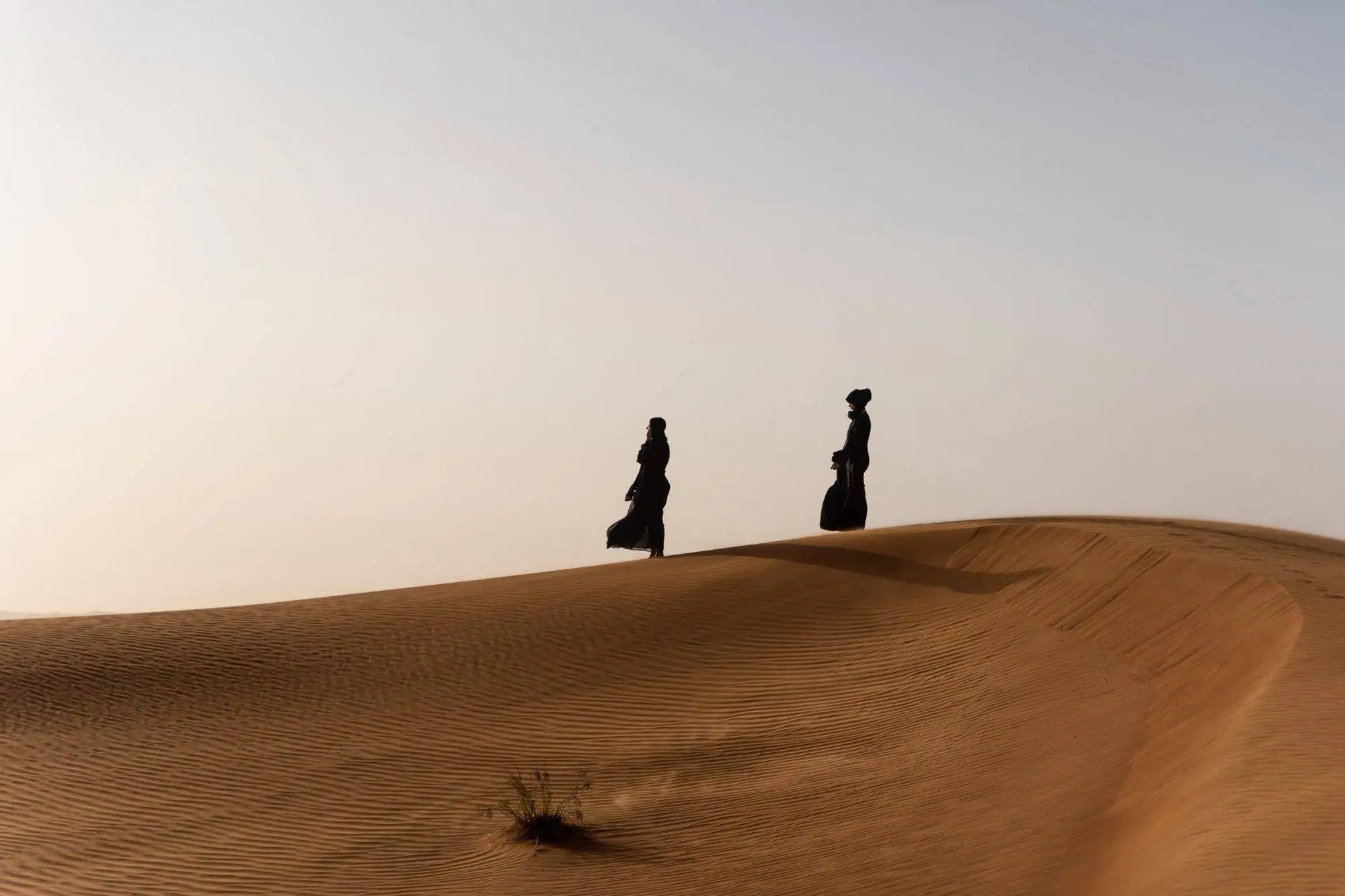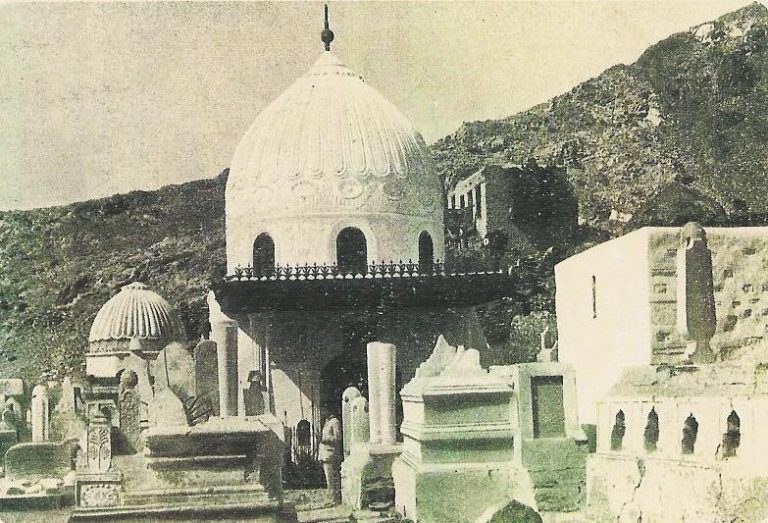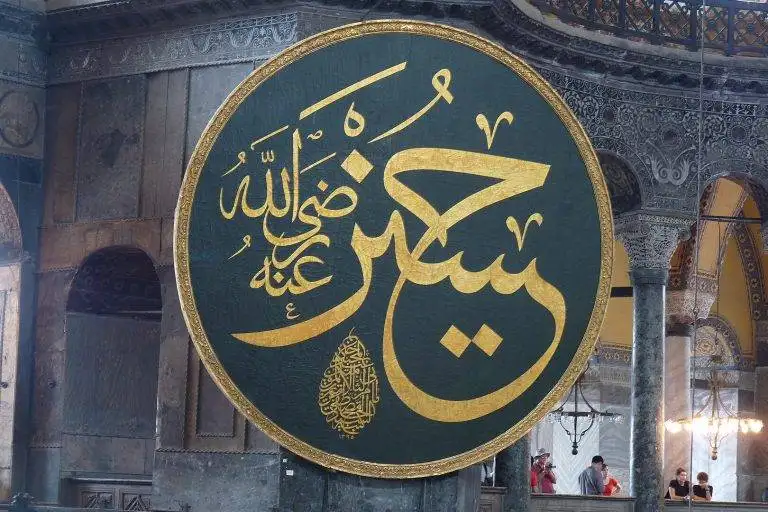Unveiling the Inspiring Story of Asma bint Abu Bakr: A Tale of Courage and Sacrifice
Discover the remarkable journey of Asma bint Abu Bakr, an epitome of courage and sacrifice in Islamic history. Dive into her inspiring life narrative, from her humble beginnings to her profound impact, and be captivated by the legacy she left behind.
Introduction
Asma bint Abu Bakr, also known as “The Woman with Two Belts,” occupies a revered place in Islamic history for her unwavering dedication and remarkable fortitude. Join us on a journey to unravel the captivating tale of Asma, a beacon of hope and inspiration for generations to come.

Asma bint Abu Bakr: Early Life
Asma bint Abu Bakr, a name that echoes with reverence through the corridors of Islamic history, was born into a time of profound change and turbulence. From her earliest days, Asma’s life was intertwined with the birth of a new faith, and her journey is a testament to the enduring spirit of resilience and conviction.
Her early life was steeped in the teachings of her father, Abu Bakr, a man of unparalleled loyalty and devotion to the Prophet Muhammad (PBUH). Growing up in Mecca, Asma was surrounded by the early stirrings of Islam, a faith that was beginning to challenge the old ways and bring forth a new dawn. Her home was a sanctuary of learning and piety, where the nascent principles of Islam were not just discussed but lived and breathed.
As a child, Asma bint Abu Bakr must have watched with wide-eyed wonder as her father, a figure of quiet strength, supported the Prophet in the face of relentless opposition. The courage and unwavering faith of Abu Bakr undoubtedly left an indelible mark on her young heart. These were not mere stories or lessons to Asma; they were the very fabric of her reality, shaping her into a woman of unshakeable belief and determination.
In those formative years, Asma bint Abu Bakr’s character was forged in the crucible of adversity. The early Muslims faced persecution, ridicule, and often violence from those who feared the new message of Islam. Asma bint Abu Bakr, even in her youth, exhibited a maturity and strength far beyond her years. She witnessed firsthand the sacrifices made by her family and community, understanding deeply the costs of their faith and the immense courage it demanded.
Her childhood was not marked by the innocence and play typical of youth. Instead, it was a period of intense learning, of witnessing great acts of faith and sacrifice. Her early experiences were a prelude to the woman she would become—a paragon of courage, loyalty, and piety.

Family Heritage and Upbringing
Asma bint Abu Bakr was born into the noble household of Abu Bakr, the beloved companion of Prophet Muhammad (peace be upon him), and raised in an environment steeped in piety, righteousness, and compassion.
From a young age, Asma witnessed her father’s unwavering commitment to the new faith, his sacrifices, and his profound sense of duty. Abu Bakr’s home was a sanctuary of faith, a place where the early Muslims would gather, seeking solace and strength amidst growing persecution. His leadership and humility were qualities that deeply influenced Asma bint Abu Bakr, shaping her understanding of what it meant to be truly devoted.
Asma’s mother, Qutaylah bint Abd al-Uzza, came from the prominent Quraysh tribe. Although Qutaylah did not initially embrace Islam, her noble lineage and the strength of her character were significant aspects of Asma’s heritage. This blend of noble lineage and devout faith created a unique environment for Asma, one where tradition and spirituality coexisted, each reinforcing the other.
Early Struggles and Challenges
Despite the privilege of her lineage, Asma’s life was not devoid of challenges. From the early loss of her mother to the hardships endured during the migration to Medina, she faced adversity with grace and resilience.
The Hijrah (Migration):
Asma played a crucial role in the Prophet’s (PBUH) migration (Hijrah) from Mecca to Medina in 622 CE.
When the Prophet (PBUH) and her father Abu Bakr went into hiding in a cave outside Mecca to escape persecution, Asma risked her safety to bring them food and water.
Her nickname, “Dhat an-Nitaqayn” (the Possessor of the Two Girdles), arose from an incident during the Hijrah. When the supplies ran low, she tore a piece of her clothing into two belts to tie provisions for her father and the Prophet (PBUH).
Life in Medina and Beyond:
- After the Hijrah, Asma settled in Medina with her family.
- She married Zubayr ibn al-Awwam, another prominent companion of the Prophet (PBUH). They had several children, including Abdullah ibn al-Zubayr, who played a significant role in later Islamic history.
- Asma was known for her intelligence and knowledge of Islamic traditions. She narrated many hadiths (sayings and teachings of the Prophet) and served as a source of guidance for the Muslim community.
- She lived a long and eventful life, witnessing many pivotal moments in Islamic history. She passed away around 694 CE in Mecca.
Marriage and Family Life
Explore the profound bond shared between Asma bint Abu Bakr and her husband, Az-Zubayr ibn Al-Awwam, a distinguished companion of the Prophet Muhammad (peace be upon him).
Partnership and Devotion
Asma and Az-Zubayr’s union was characterized by mutual respect, unwavering support, and a shared commitment to the principles of Islam. Together, they weathered life’s storms with courage and faith.
Trials and Sacrifices
Asma’s unwavering resolve and selflessness were epitomized during moments of hardship, such as the Siege of Medina, where she displayed remarkable courage and sacrifice for the sake of her family and community.
Asma bint Abu Bakr: The Woman of Two Belts
Asma bint Abu Bakr, revered as “The Woman of Two Belts,” stands as a beacon of resilience and unwavering courage in the annals of Islamic history.
Born into a world where women were often relegated to the shadows, Asma’s light shone brightly.
Asma bint Abu Bakr earned her epithet, during one of the most perilous moments in Islamic history. When the Prophet Muhammad (PBUH) and her father Abu Bakr sought refuge in the cave of Thawr, fleeing the Quraysh who sought to end their mission, it was Asma who ensured their survival.
With the enemy close on their heels, she took her own belt and tore it in two, using one half to secure provisions and the other to protect their water supply. This act of ingenuity and sacrifice, though seemingly simple, was laden with profound bravery. It was a declaration that no matter the danger, she would stand resolute in support of her faith and family.
Her strength was not only in her actions but also in her words. Asma’s defiance in the face of the Quraysh, who sought to uncover the Prophet’s hiding place by threatening her family, is legendary. Unflinching, she stood before them, a young woman of unyielding conviction, protecting the secret that was vital to the survival of Islam. Her courage did not waver even when faced with the potential wrath of powerful enemies.

Act of Devotion
In a display of unparalleled courage and sacrifice, Asma ingeniously used her two belts to provide sustenance for her father, Abu Bakr, and her husband, Az-Zubayr, during their journey to safety.
Legacy of Sacrifice
Asma’s selfless act of love and devotion reverberates through the annals of history, inspiring generations with its profound message of resilience, sacrifice, and unwavering loyalty to faith and family.
FAQs (Frequently Asked Questions)
1. Who was Asma bint Abu Bakr?
Asma bint Abu Bakr was the daughter of Abu Bakr, the first caliph of Islam, and a prominent figure known for her courage, sacrifice, and unwavering devotion to Islam.
2. What is the significance of Asma bint Abu Bakr’s title “The Woman with Two Belts”?
Asma earned her title during a pivotal moment of sacrifice when she used her two belts to provide sustenance for her father, Abu Bakr, and her husband, Az-Zubayr, during a time of hardship.
3. How did Asma bint Abu Bakr’s actions impact Islamic history?
Asma’s selfless act of sacrifice exemplified the principles of devotion and loyalty to family and faith, leaving an enduring legacy that continues to inspire generations.
4. What lessons can we learn from Asma bint Abu Bakr’s life?
Asma’s life teaches us the importance of resilience, sacrifice, and unwavering faith in the face of adversity, inspiring us to embody these virtues in our own lives.
5. How did Asma bint Abu Bakr contribute to the early Muslim community?
Asma’s unwavering commitment to Islam and her acts of courage and sacrifice during times of hardship served as a source of inspiration and strength for the early Muslim community.
5. How can we honor the memory of Asma bint Abu Bakr today?
We can honor Asma’s memory by emulating her virtues of courage, sacrifice, and devotion to family and faith, and by striving to make a positive impact in our communities.
Conclusion
In conclusion, Asma bint Abu Bakr’s life exemplifies the transformative power of courage, sacrifice, and unwavering faith. Her legacy serves as a beacon of inspiration for all who aspire to embody the principles of resilience, devotion, and loyalty.








